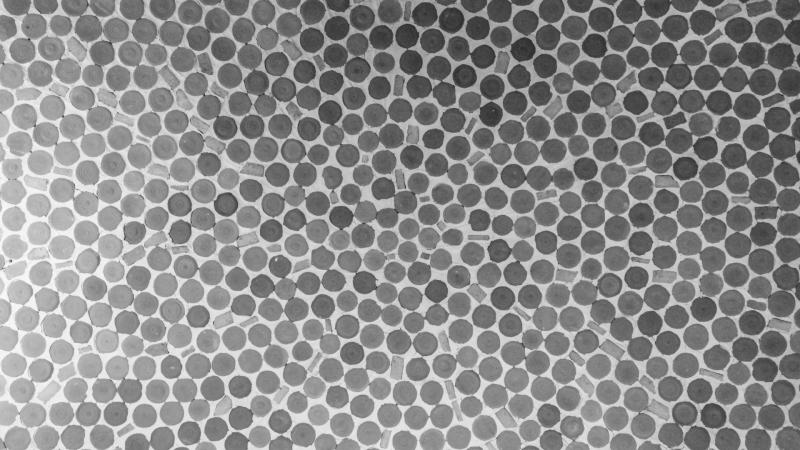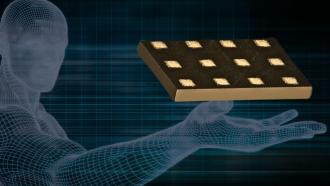
Researchers from Vellore Institute of Technology (VIT) University, Vellore in Tamil Nadu, have synthesized novel compound made of lead sulphide quantum dots coated with anti-oxidants or vitamins, which could aid in live imaging cells.
Technological advancement has given rise to various new techniques and compounds to aid biomedical applications. However, many of these methods and compounds are often taxing on the environment and our natural resources. A truly ‘green’ method of progressing with these technologies has been a long standing challenge. “Although green technology is advancing at a rapid rate, it does not meet the current demand in medicine and health field. The most challenging task is to diagnose diseases, including human immunodeficiency virus, Zika virus, and cancer, using simple and cost-effective materials” remark the authors.
Advances in nanotechnology have certainly helped with this process of going green. In this study, the researchers have used quantum dots (QD) of lead sulfide (PbS) coated with either glutathione-- a type of antioxidant present in plants and animals, or biotin-commonly called Vitamin B to aid imaging of cells by fluorescence. Quantum dots are defined as nanoparticles with zero dimensions. They are extremely small- the size of a few nanometers, and exhibit different electrical and physical properties from larger particles of the same compound.
The two compounds—PbS QD coated with glutathione and PbS QD coated with biotin, were synthesized by a water mediated green synthesis route. Here, the PbS nanoparticles are formed, by adding lead and sulphide precursors to, either a solution of glutathione or of biotin. The solution is then subjected to a process called sonication, where the solution is bombarded with sound waves, to agitate the particles. The process produces immaculate crystals of the PbS nanoparticles that were capped with either mercaptopropionic acid (biotin) ligands (MPA coated) or Glutathione (GSH coated).X-Ray diffraction (XRD) and Energy dispersive x-ray spectroscopy (EDX) techniques confirmed the size, shape and composition of the nanoparticles that were formed.
According to the researchers, these newly formed nanoparticles exhibit excellent fluorescence and very low cytotoxicity. This means the particles can glow a bright red, even when they are immersed in a cell, and the nanoparticles cause no damage to human cells either, making them useful for deep tissue imaging.
Talking about the results of the research, the researchers say “Biotin- and GSH-modified PbS QDs exhibited excellent fluorescence stability and very low cytotoxicity in normal kidney cell and cancerous HeLa cell. Therefore, these types of QDs can be used for cellular tracking in the human body without affecting the normal cells.






